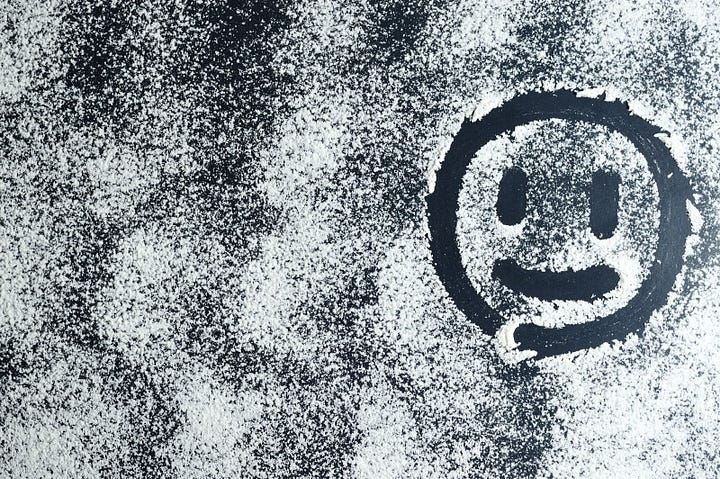Emojis are the smallest form of communication because they directly activate our brain cells for facial expression. The next layer of communication is symbolic. Before humans wrote words, they communicated with symbols. In modern times, children understand symbols years before they communicate through reading and writing. In addition to emojis, other types of symbols enhance communication at work.
Prepandemic, I was highly skeptical of using symbols to communicate within a work setting. After understanding why our brains feel good looking at emojis and experimenting with personal texts, I changed my mind. I decided to use emojis and symbols in my workplace to work smarter with my virtual teams.
In spring 2021, I consulted with a healthcare start-up to build the company from scratch. An anchor client was ready to start work with them in January 2022, so the pressure was on to build the company quickly and hire forty people before the end of the year. In the beginning, communication was simple. We used our personal emails, cell phones, and video calls.
As the next three to five people came on board, we had the opportunity to take a moment and ask, “What communication do we want to build?” One of the things I love most about this company is the idea that we can challenge all assumptions and build something totally new. So, I thought of all the communication styles I had seen in the past and the trauma of walking into work with 400 emails sitting on my desk. I swore that would never happen to me again!
We decided to use Slack [LP1] as our primary daily communication tool (Slack 2022). At first, I found the DM system and the Slack interface quite awkward. Over time, I watched what other people were doing in Slack, asked questions of my younger colleagues, and tried different strategies. After three months, we found a way to use Slack with DM and emojis, which was highly effective and efficient. We continue to refine how we communicate as the team grows from a handful of people to an anticipated one hundred people by the end of the year.
One of my favorite ways we used symbols was to create a symbol for each of the company’s core values. Then, whenever we saw someone demonstrating a value in Slack, we selected the symbol for the core value and added it to our comments. Over time, we used these customized symbols in a variety of communication platforms — on slide decks, on collaborative whiteboards, and on marketing materials. The more these core values symbols sank into the culture of the organization, the more the core values sank into our default mindset. The combination of words and symbols became a key part of our strategy to build and retain strong teams, leading to better outcomes at work.







